
Back in January, a powerful display of military prowess was orchestrated as U.S. and UK aircraft, accompanied by warships, launched a coordinated offensive on more than 60 Houthi targets in Yemen.

The air component of this operation featured a striking ensemble of formidable aircraft, notably over a dozen U.S. Navy F/A-18 Super Hornets.
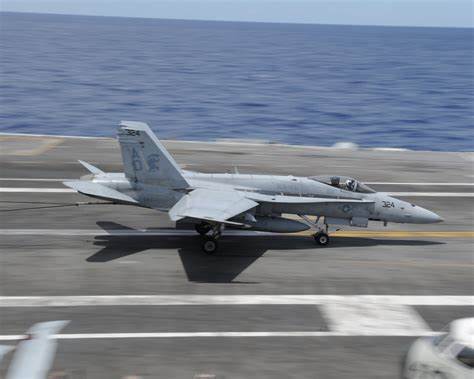
These aircraft were launched from the nuclear-powered USS Dwight D. Eisenhower (CVN-69).

Carrier Air Wing 3, a longstanding air wing within the Navy, conducts operations from the Nimitz-class nuclear-powered aircraft carrier, deploying squadrons of F/A-18 Super Hornets, E-2 Hawkeyes, and EA-18G Growlers.

The spotlight, however, was firmly on the F/A-18 Super Hornet. Boeing, which took over its production following a merger with McDonnell Douglas in 1997, offers the jet in two distinct models: the single-seat F/A-18/E and the dual-seat F/A-18/F.
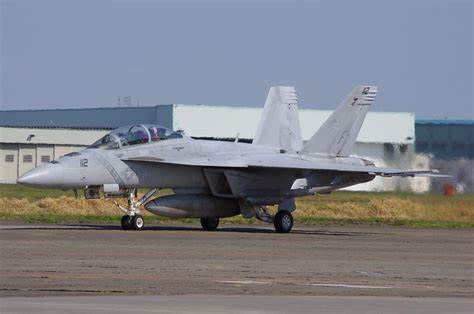
These models represent the zenith of the F/A-18 program, boasting a 20 percent larger airframe and the capacity for 33 percent more internal fuel compared to their predecessors.

This translates into a mission range expanded by 41 percent and endurance increased by half, even as the Super Hornet maintains a 42 percent reduction in parts from the earlier F/A-18C/D variant – an impressive feat of engineering.

This aircraft has been effectively utilized as a “force multiplier” in addressing the diverse challenges encountered by carrier operations. In its fighter configuration, it has excelled as an escort, safeguarding the fleet against enemy aircraft and various threats.
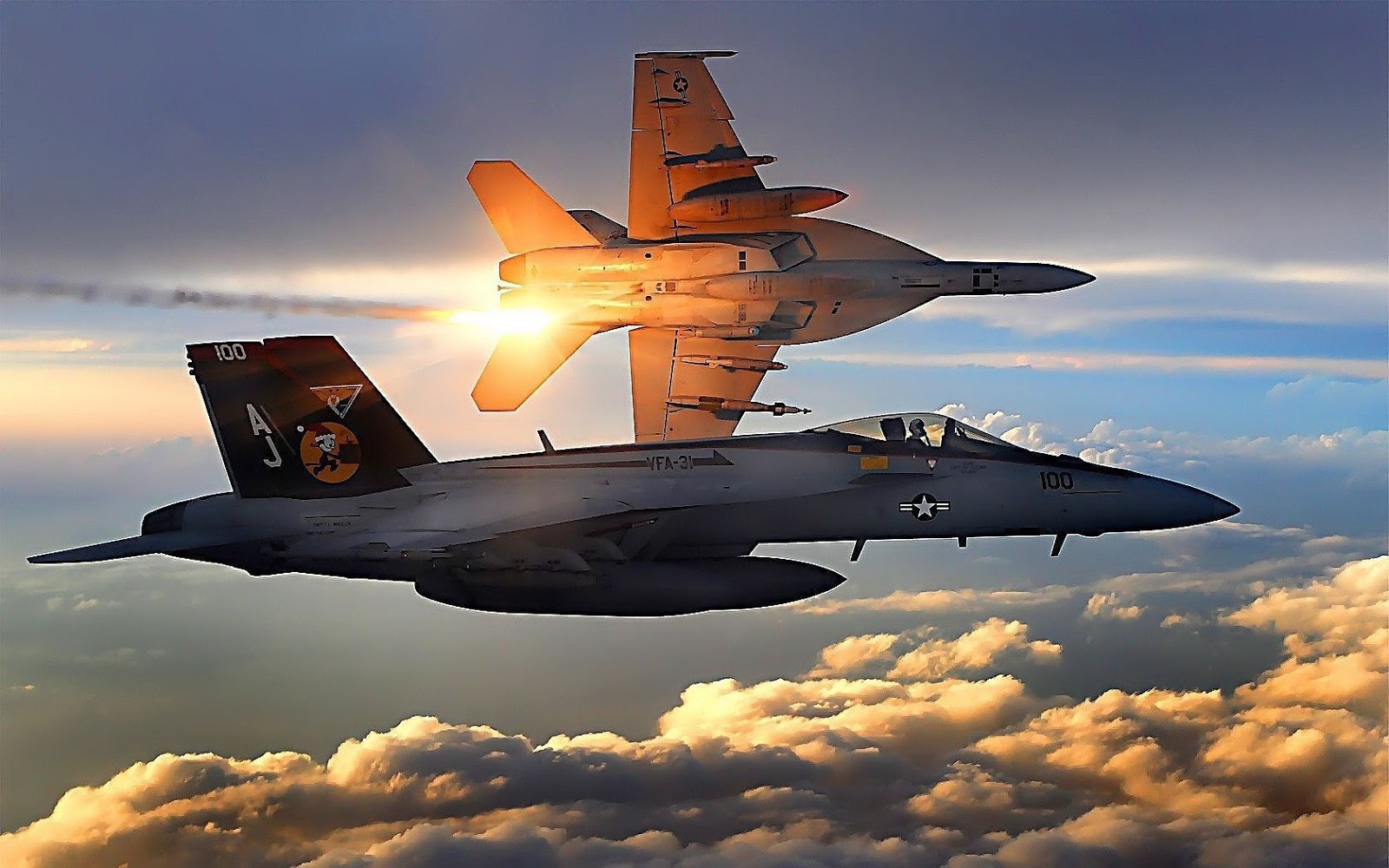
When configured for attack missions, it has demonstrated proficiency in force projection, interdiction, as well as providing close and deep air support.
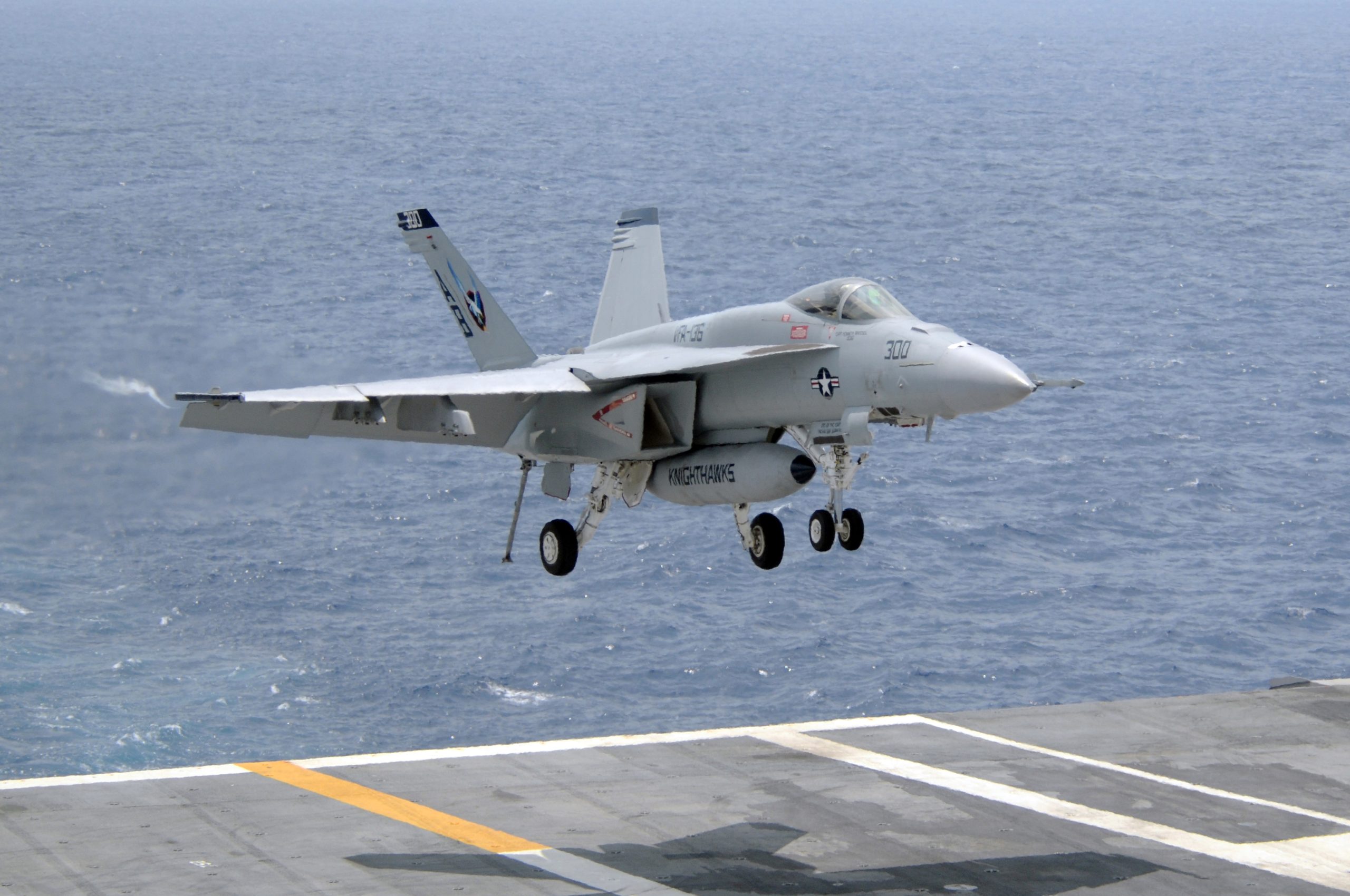
The F/A-18E/F remains pivotal in meeting the Navy’s current fighter escort and interdiction mission demands, being deployed across a widening spectrum of operations, including roles such as Forward Air Controller (Airborne) and Aerial Refueling, showcasing its ability to assume the aerial tanker responsibilities previously held by the S-3.

Enhancements to the F/A-18E/F encompass extended range and improved carrier compatibility, crucial attributes enabling the aircraft to sustain its critical role as a primary strike fighter in countering the sophisticated threats of the 21st century.

The Super Hornet’s evolutive journey didn’t end with its initial models. The Block II Super Hornet, which entered service in 2001, solidified the aircraft’s status as the backbone of the Navy’s carrier air wing.
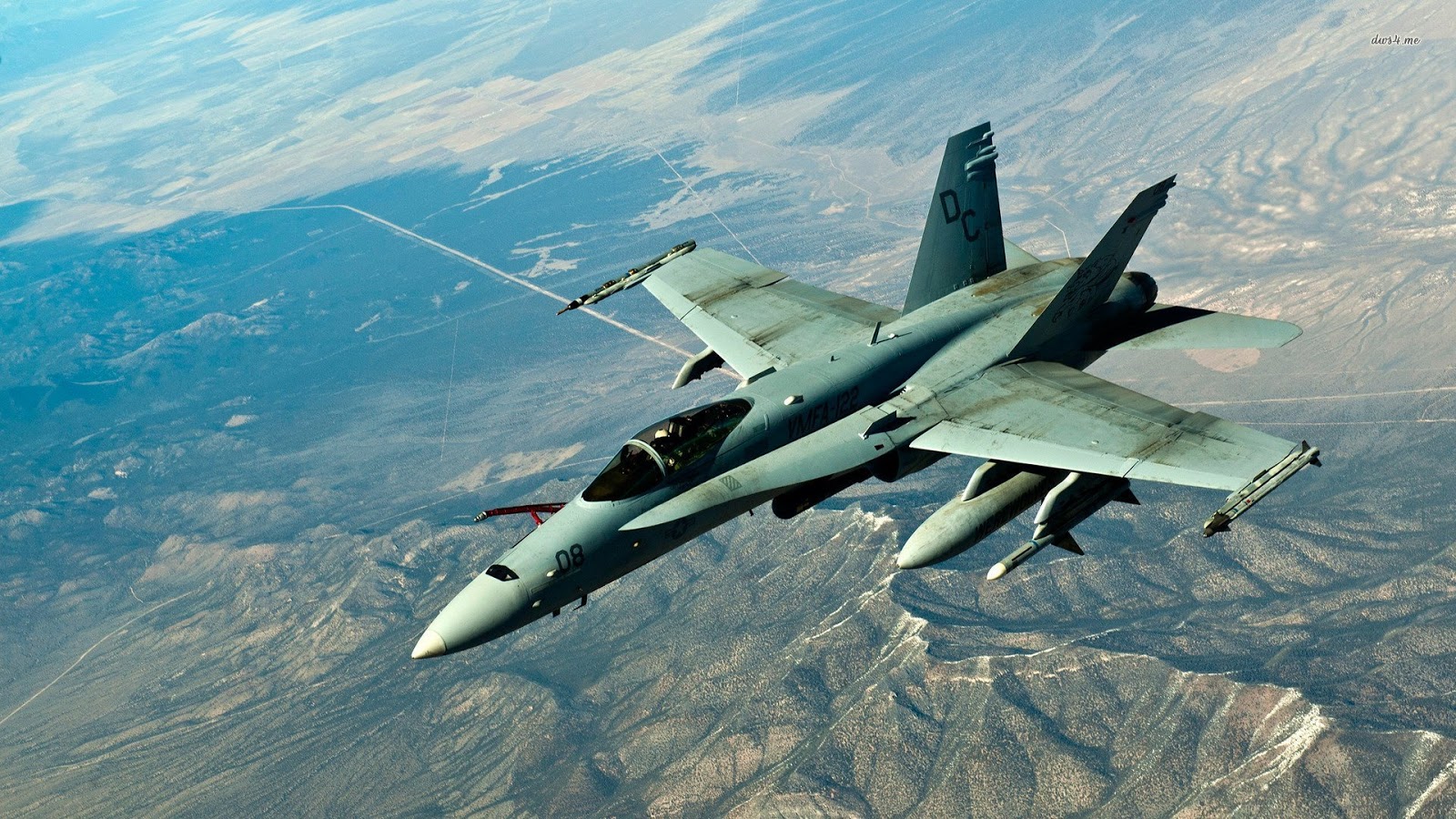
Bringing to the table a suite of enhancements such as increased range and improved carrier suitability, the Block II variant solidified the Super Hornet’s position as a key strike fighter against the emerging threats of the 21st century.

More recent advancements have seen the advent of the Block III upgrade, which is set to push the aircraft’s capabilities even further.
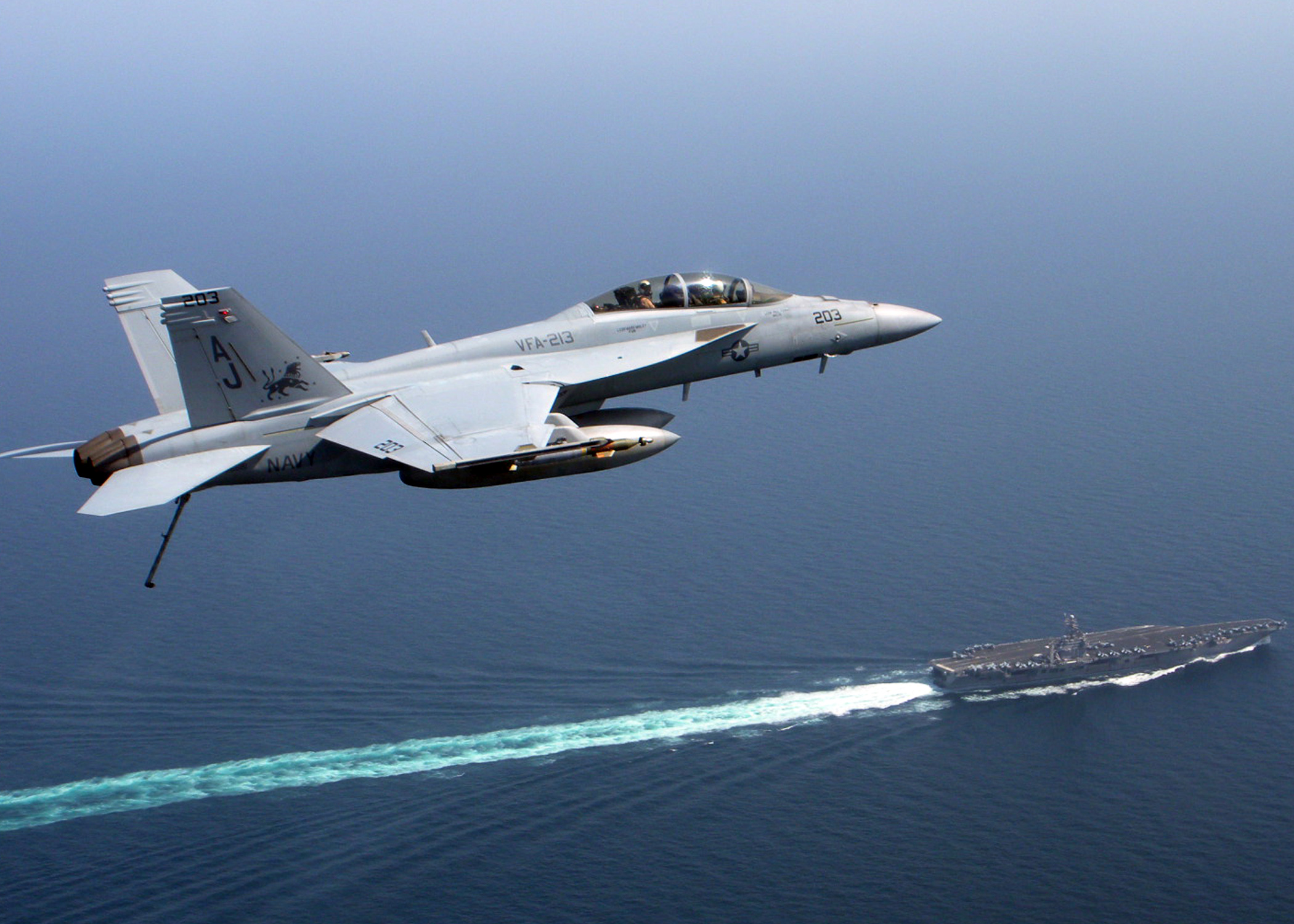
Two Block III test jets were already in the Navy’s hands as of June 2020, with a contract in place for the delivery of 78 new-build F/A-18 Block III jets.
Relevant articles:
– The F/A-18 Super Hornet Still Can Sting Like No Other Fighter Plane, The National Interest

